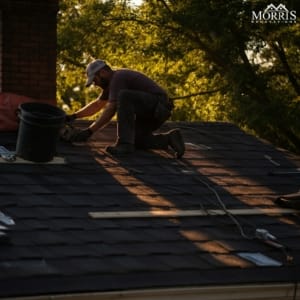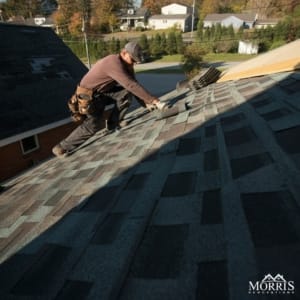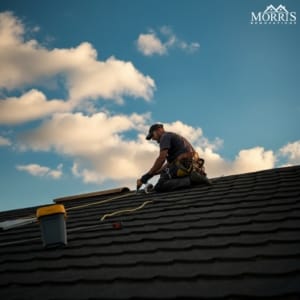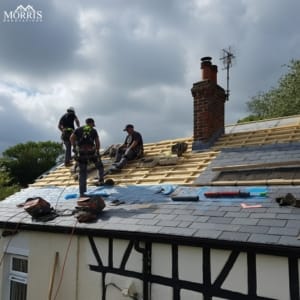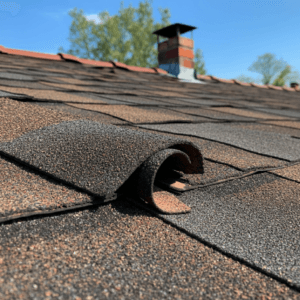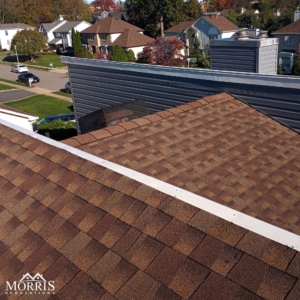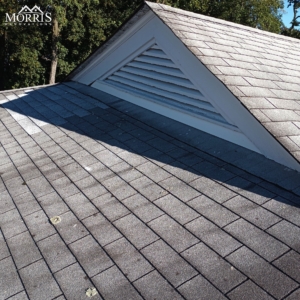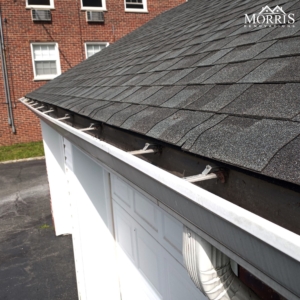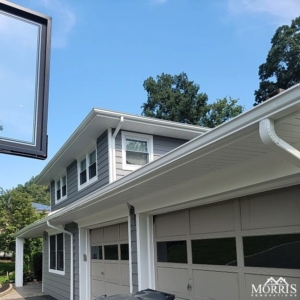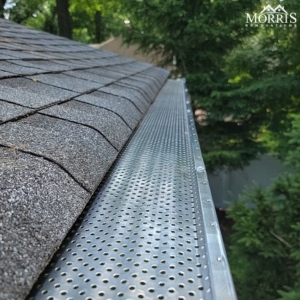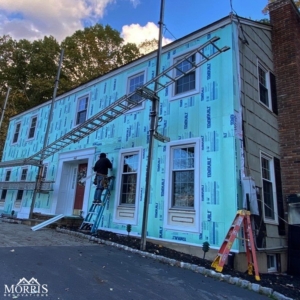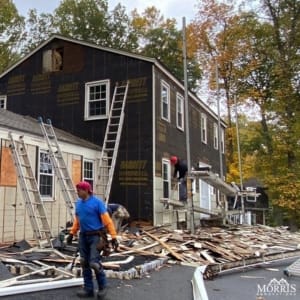Comparing Roof Replacement Costs by Material
Roof replacement is a significant investment for any homeowner.
The cost can vary greatly depending on several factors.
One of the most influential factors is the material used.
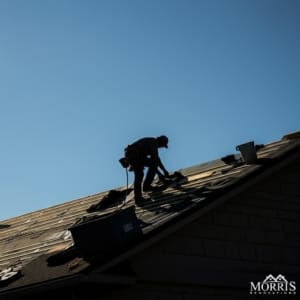
Comparing Roof Replacement Costs by Material
From asphalt shingles to metal roofing, each material has its own cost implications.
This article aims to provide a comprehensive comparison of roof replacement costs by material.
We’ll delve into the specifics of camper and pop-up camper roof replacement costs as well.
Our goal is to help you make an informed decision based on your budget and needs.
Let’s start this journey towards understanding the intricacies of roof replacement costs.
Understanding Roof Replacement Costs
Roof replacement costs can be a complex topic.
It’s not just about buying materials and paying for labor.
There are many factors that can influence the final bill.
These include the type of roofing material, the size and complexity of the roof, labor costs, and even your geographic location.
Understanding these factors can help you budget more accurately for your roof replacement project.
Let’s break down these factors in more detail.
Factors Affecting Roof Replacement Costs
When it comes to roof replacement costs, several factors come into play.
These include:
- Material costs
- Labor costs
- Roof size and complexity
- Geographic location
Each of these factors can significantly impact the overall cost of your roof replacement project.
Let’s delve into each of these factors.
Material Costs
The type of material you choose for your roof can greatly affect the cost.
For instance, asphalt shingles are generally less expensive than metal or tile roofing.
However, the initial cost of the material is just one part of the equation.
Labor Costs
Labor costs can also vary widely.
This depends on the complexity of the job and the rates of the roofing contractor you choose.
Remember, cheaper isn’t always better when it comes to quality workmanship.
Roof Size and Complexity
The size and complexity of your roof can also impact the cost.
A larger roof will require more materials and labor.
Complex roofs with multiple slopes or valleys can also increase the cost due to the additional labor required.
Geographic Location
Your geographic location can also influence the cost of roof replacement.
For instance, costs may be higher in areas with a high cost of living.
Local building codes and permit requirements can also affect the cost.
Roofing Material Options and Costs
When it comes to roofing materials, you have several options.
Each material has its own cost, lifespan, and aesthetic appeal.
Let’s take a closer look at some of the most common roofing materials and their costs.
Asphalt Shingles
Asphalt shingles are a popular choice for many homeowners.
They are relatively inexpensive and come in a variety of colors and styles.
Metal Roofing
Metal roofing is more expensive than asphalt, but it’s also more durable.
It can last up to 50 years with proper maintenance.
Wood Shakes and Shingles
Wood shakes and shingles offer a natural and rustic look.
However, they require more maintenance and are more expensive than asphalt shingles.
Tile Roofing
Tile roofing is one of the most expensive options.
However, it’s also one of the most durable and can last over 100 years with proper care.
Special Considerations for Camper and Pop-Up Camper Roof Replacement
Roof replacement for campers and pop-up campers has its own set of considerations.
These vehicles have unique requirements due to their mobility and compact size.
The choice of material is crucial, as it can affect the weight and fuel efficiency of the camper.
Additionally, the cost of camper roof replacement can vary based on the size and type of the camper.
Let’s explore the costs associated with camper and pop-up camper roof replacement.
Camper Roof Replacement Cost
The cost of replacing a camper roof can vary widely.
It depends on factors such as the size of the camper, the type of material used, and the complexity of the job.
On average, you can expect to pay between $300 and $500 per linear foot for professional camper roof replacement.
Pop-Up Camper Roof Replacement Cost
Pop-up camper roof replacement costs can also vary.
These types of campers typically have smaller roofs, which can reduce the cost of materials and labor.
However, the unique design of pop-up campers can also add to the complexity of the job, potentially increasing the cost. On average, pop-up camper roof replacement can range from $1,000 to $3,000.
Additional Costs to Consider
When planning for a roof replacement, it’s important to consider all potential costs.
The cost of the new roofing material and labor for installation are just the beginning.
There are several additional costs that can significantly impact the total price of the project.
These can include the cost of removing and disposing of the old roofing, any necessary repairs or structural work, and any permits or inspections required by local building codes.
Removal and Disposal of Old Roofing
The process of removing and disposing of the old roofing material can add to the overall cost.
This cost can vary based on the type of material being removed, the size of the roof, and local disposal fees.
Repairs and Structural Considerations
Before a new roof can be installed, any necessary repairs or structural work must be completed.
This can include repairing any damage to the roof deck, reinforcing the structure to support the weight of the new roofing material, or addressing any issues with the roof’s drainage system.
Choosing the Right Contractor and Ensuring Quality
Choosing the right contractor is a crucial step in the roof replacement process.
The quality of the installation can significantly impact the lifespan and performance of your new roof.
It’s important to take the time to research and select a reputable, experienced contractor.
Importance of Professional Installation
Professional installation is key to ensuring the longevity and durability of your new roof.
A properly installed roof can withstand the elements, provide effective insulation, and prevent leaks and other issues.
Verifying Contractor Credentials
Before hiring a contractor, it’s important to verify their credentials.
This includes checking for proper licensing, insurance, and positive customer reviews.
Doing so can help ensure that the contractor is qualified and reliable, and that they will provide high-quality work.
Conclusion: Making an Informed Decision
In conclusion, understanding the various factors that influence roof replacement costs can help you make an informed decision.
From choosing the right material to selecting a reputable contractor, each step plays a crucial role in ensuring a successful roof replacement project. With this guide, you are now equipped with the knowledge to navigate the process and make the best choice for your needs and budget.
Stay Tuned Here
Facebook – https://www.facebook.com/MorrisRenovationsNJ
YouTube – https://www.youtube.com/channel/UCp2MQzbnwQ2HELpIaxyZHZg
Instagram – https://www.instagram.com/morrisrenovationsinc/
LinkedIn – https://www.linkedin.com/company/morris-renovations
Twitter – https://twitter.com/MR_Morristown
Pinterest – https://www.pinterest.com/morris_renovations/
Medium – https://medium.com/@morrisrenovationsinc
Morristown Location – https://g.page/morris-renovations-inc?gm
Randolph Location – https://g.page/r/Cc_q9x0Rt5MeEAE

